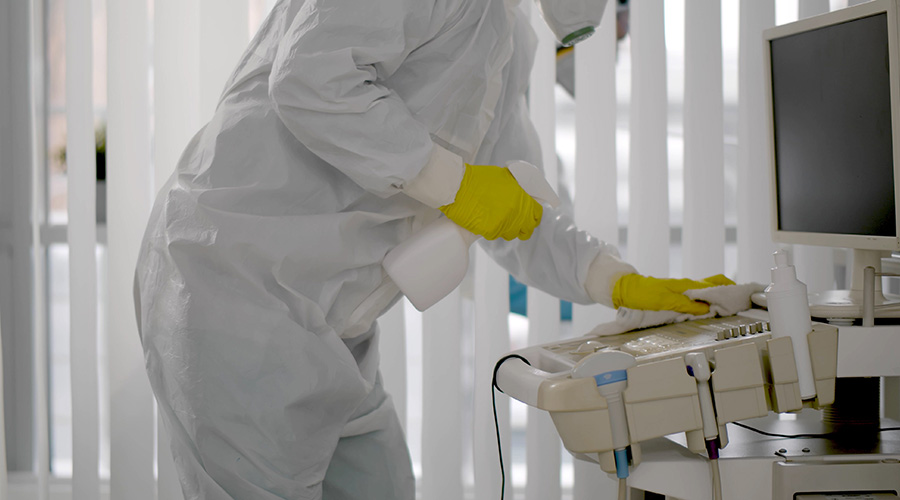Even as hospitals and other healthcare facilities have made strides in recent years to improve their cybersecurity defenses, a growing number of attackers have changed the game by targeting a different group of facilities.
Attackers moved from large hospital systems and payers, big targets that would likely yield the most data but also have more sophisticated defenses, to smaller hospital systems and specialty clinics that lack the same level of security preparedness, staff size or budget, according to a new report.
With the healthcare industry continuing to be a top attack vector for cybercriminals and ransomware threat groups, the first six months of 2022 saw an interesting change in targets, according to the report from Critical Insight, a managed detection and response (MDR) service provider specializing in protecting the networks of life-saving organizations and critical infrastructure. The report, H1 2022 Healthcare Data Breach Report, analyzes breach data reported to the U.S. Department of Health and Human Services by healthcare organizations.
Aside from this change in victim focus, attackers this half of the year hit the jackpot with the Eye Care Leaders electronic medical record (EMR) breach, which exposed more than 2 million records.
Among the report’s findings:
- Total breaches are declining: The number of reported breaches crested during the second half of 2020 when organizations were so distracted by the pandemic that attackers had an easier time breaching their defenses. Since then, the total number of breaches has slowly but steadily declined, from the peak of 393 to 367 in the first half of 2021, 344 in the second half of 2021, and 324 in the first half of this year.
- Total individuals affected are declining: The latest numbers are encouraging with roughly 20 million individuals affected in the first half of 2022, representing the third consecutive quarter of declining numbers, a 10 percent drop compared to the prior six-month period and 28 percent less than the first half of 2021.
- Most common breach causes: Hacks associated with network servers declined from a peak of 67 percent in the first half of 2021 to 57 percent in the first half of 2022. But EMR-related breaches soared from zero in the first half of 2020 to nearly 8 percent of all breaches in the first half of 2022.
- One trend to watch: Looking at which segments of the healthcare ecosystem had hacking/IT Incident type breaches, the firm is seeing smaller hospital systems and specialty clinics rising to the top. Breaches associated with health plans decreased by 53 percent, while attacks against business associates jumped by 10 percent and attacks against providers went up 15 percent.

 What Every EVS Leader Needs To Know
What Every EVS Leader Needs To Know Blackbird Health Opens New Clinic in New Jersey
Blackbird Health Opens New Clinic in New Jersey St. John's Riverside Hospital Falls Victim to Data Breach
St. John's Riverside Hospital Falls Victim to Data Breach Grounding Healthcare Spaces in Hospitality Principles
Grounding Healthcare Spaces in Hospitality Principles UC Davis Health Selects Rudolph and Sletten for Central Utility Plant Expansion
UC Davis Health Selects Rudolph and Sletten for Central Utility Plant Expansion